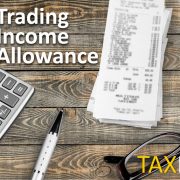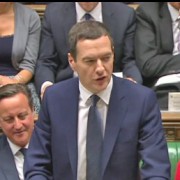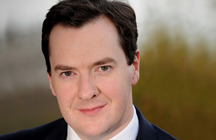Making the Most of your Tax Allowances for Small Trading?

Are you making the most of your tax allowances for small trading? If you have small earnings from self employment, then it may be advantageous to make a claim for Trading Income Allowance i.e. to claim a flat rate deduction of £1,000 for expenses instead of claiming the actual expenses incurred.
Example:
Christina has income of £2,360 and expenses for web hosting of £204, software of £103 and publishing costs of £430
(total expenses £737).As her expenses are less than £1,000 she can claim £1,000 Trading Income Allowance in preference to claiming the actual expenses.
Her taxable profit therefore becomes £1,360 instead of £1,623. So, she pays less tax!
This is just one simple way in which Taxfile’s knowledge of the tax system can help its customers pay less tax in a totally acceptable way from HMRC’s perspective.
Contact your nearest Taxfile branch
Please do contact us for any accountancy work that you or your business(es) require. We’re tax experts and are also very well trusted by HMRC because we deal with them on a daily basis on behalf hundreds of clients. We have several UK branches including in Tulse Hill, Dulwich and Battersea in London, Exeter and Plymouth in the South West along with our tax specialists in Poole (Dorset), Carlisle in the North of England and Yorkshire in the North East. Call 0208 761 8000 or contact us here for more information — we’ll be happy to help you to get your tax affairs in order in the most tax-efficient way.



 On 5 December 2013 George Osborne, Chancellor of the Exchequer, gave his Autumn Statement in Parliament. Key announcements included:
On 5 December 2013 George Osborne, Chancellor of the Exchequer, gave his Autumn Statement in Parliament. Key announcements included: